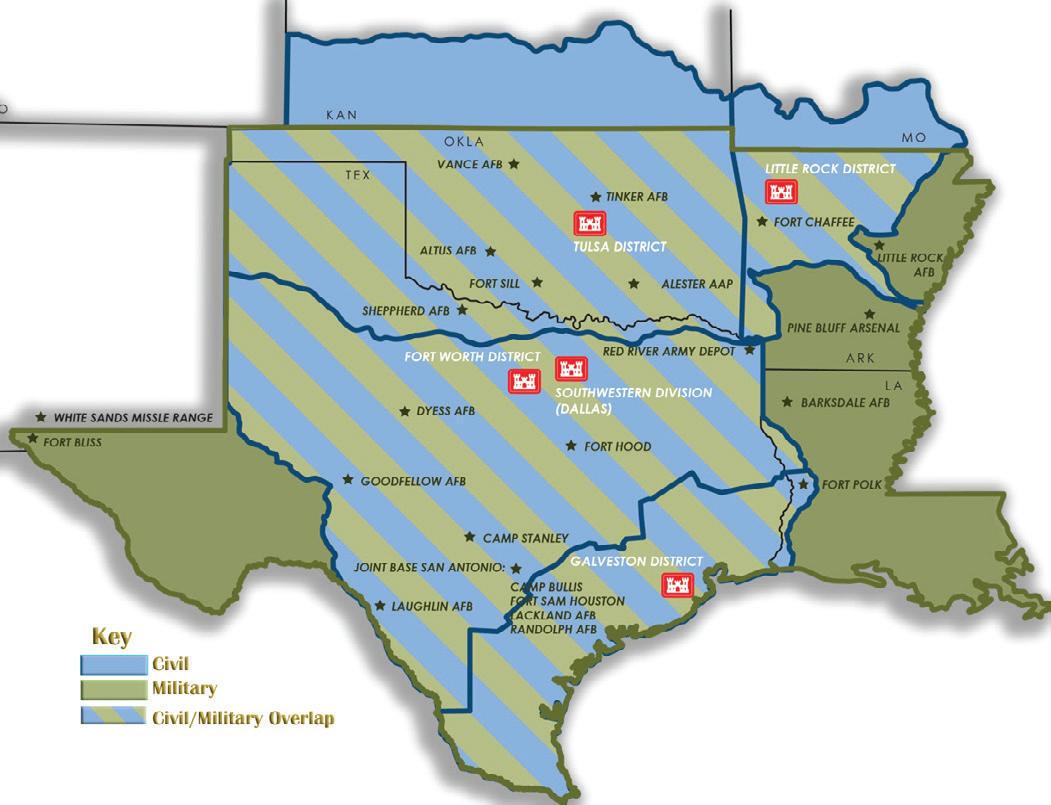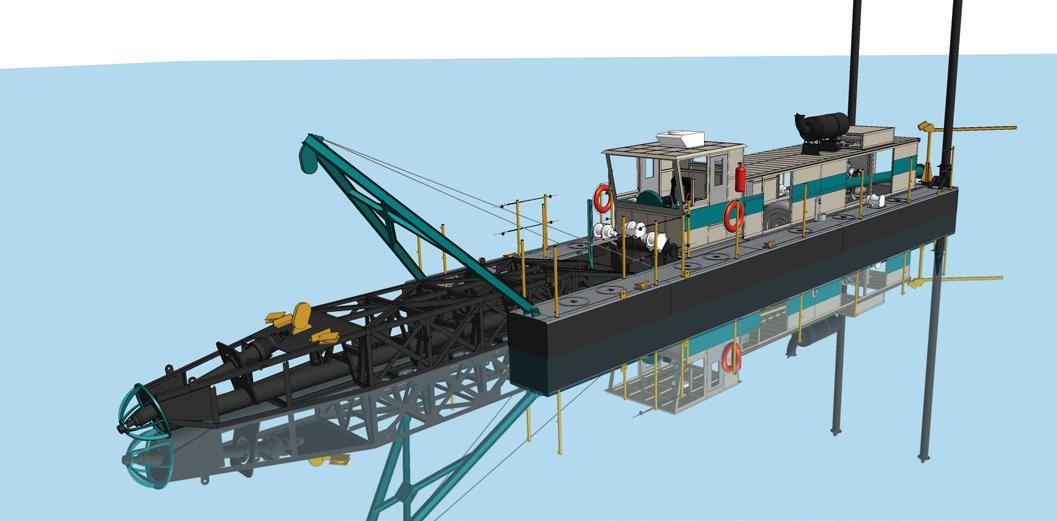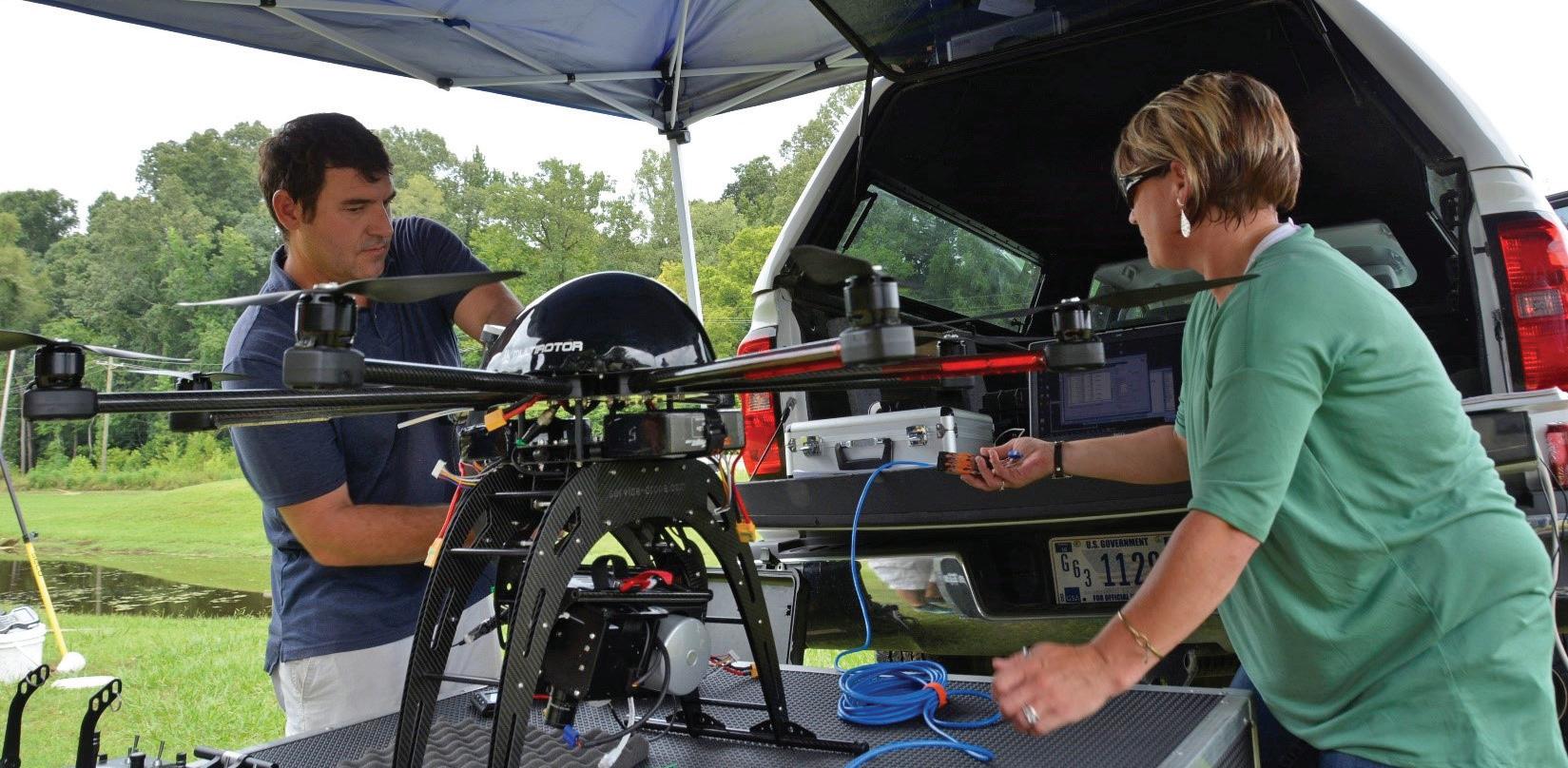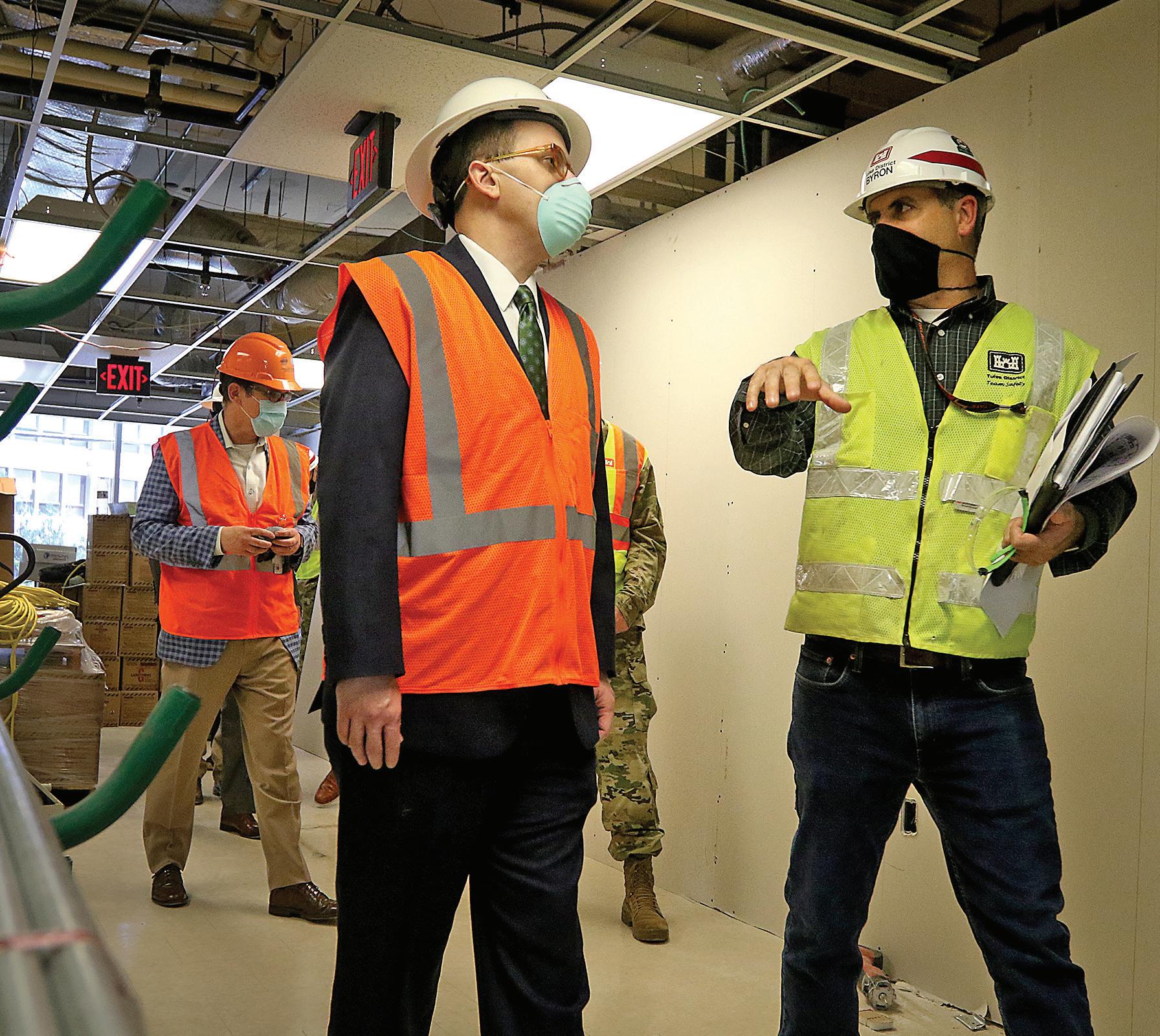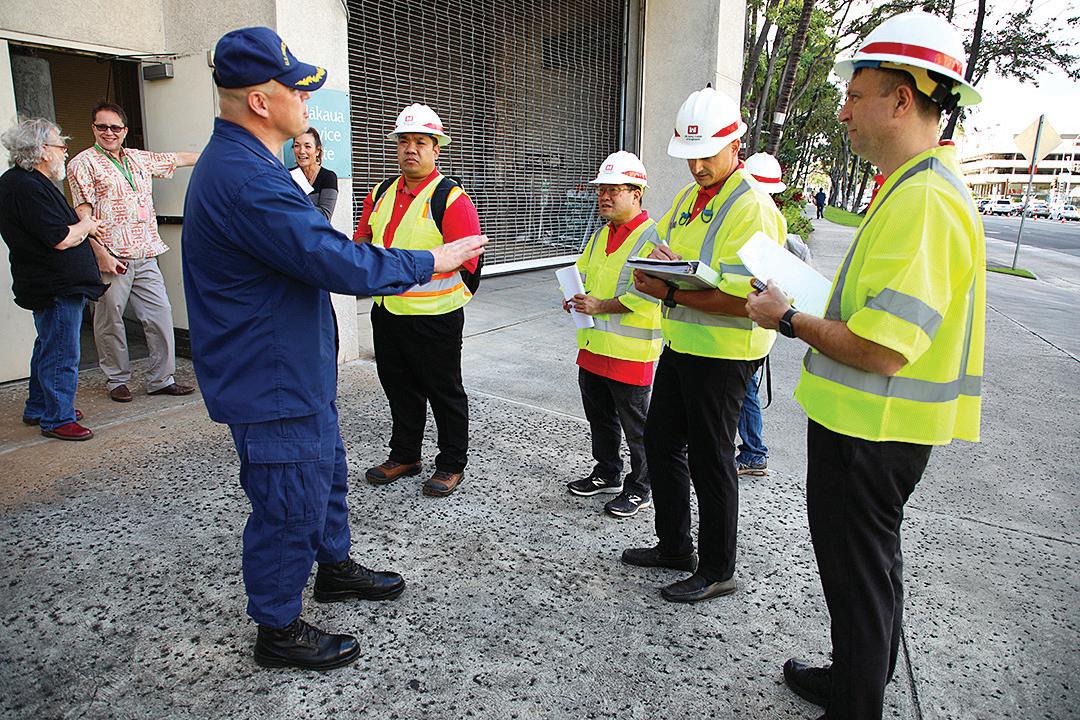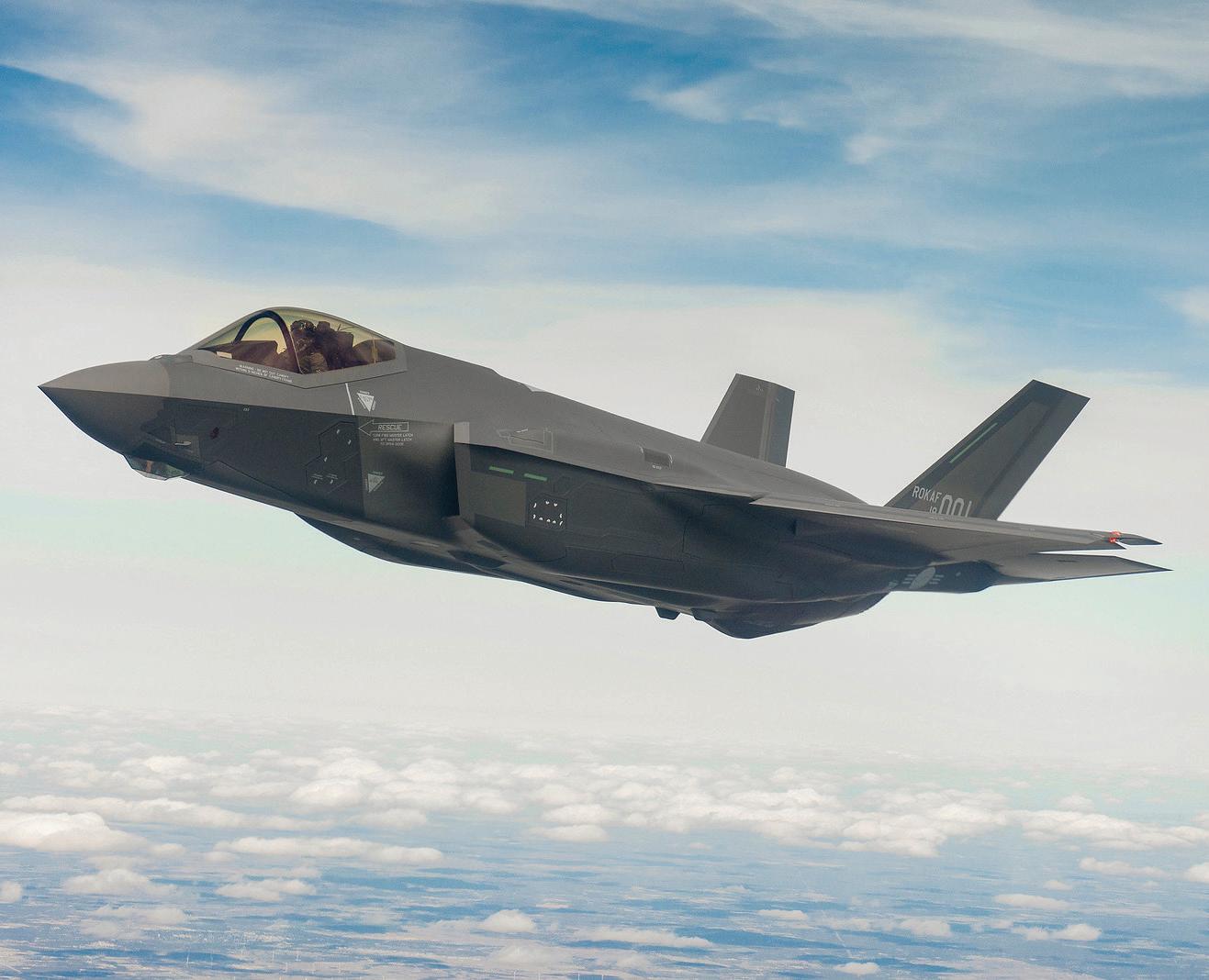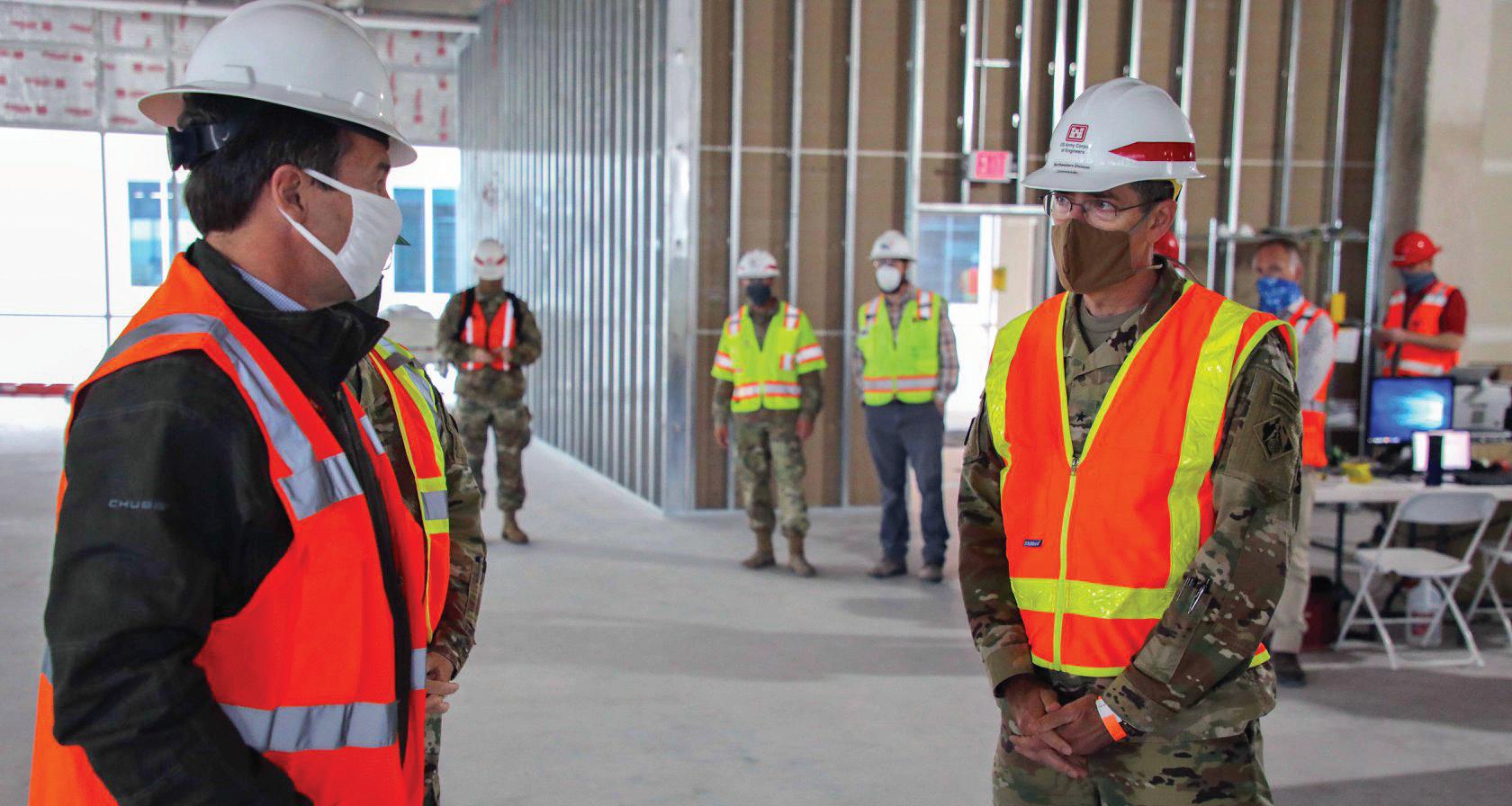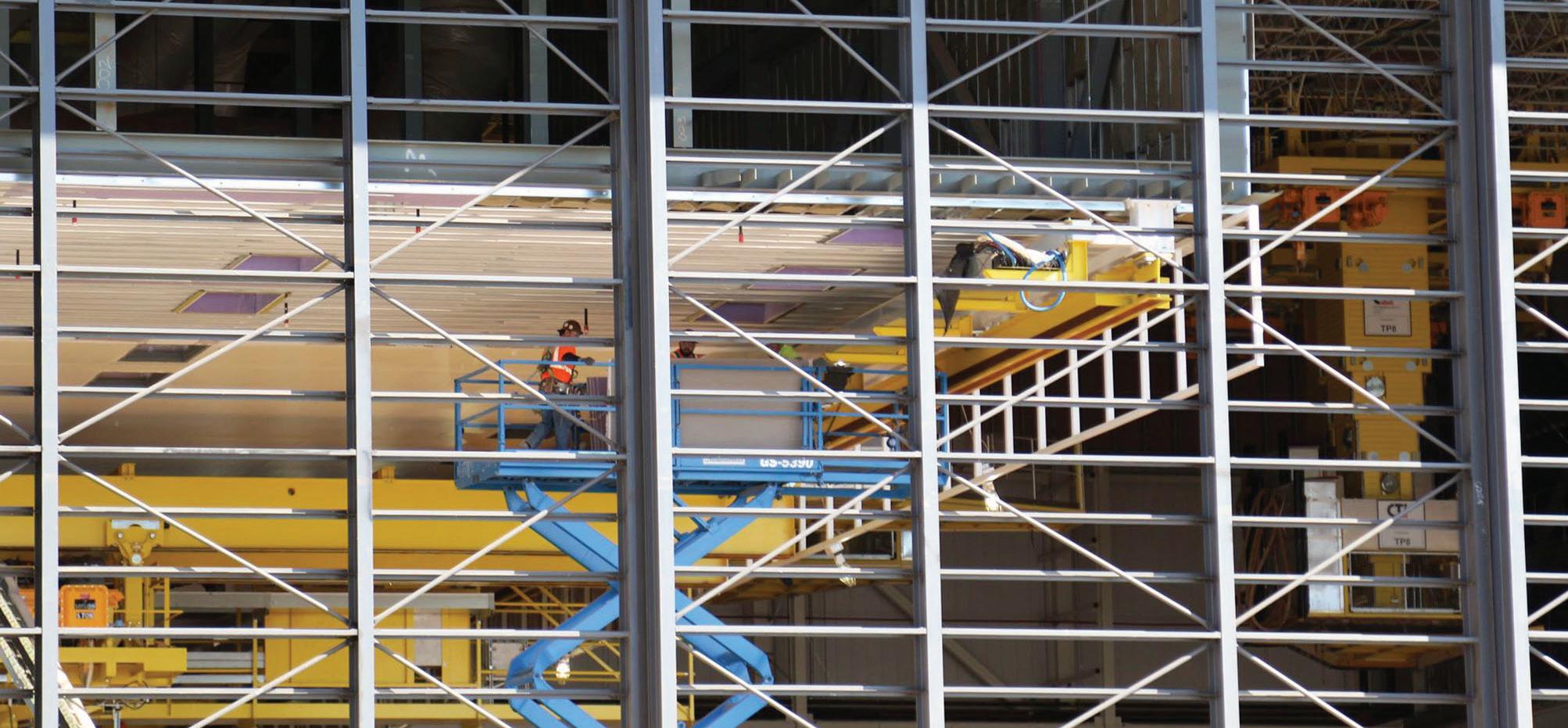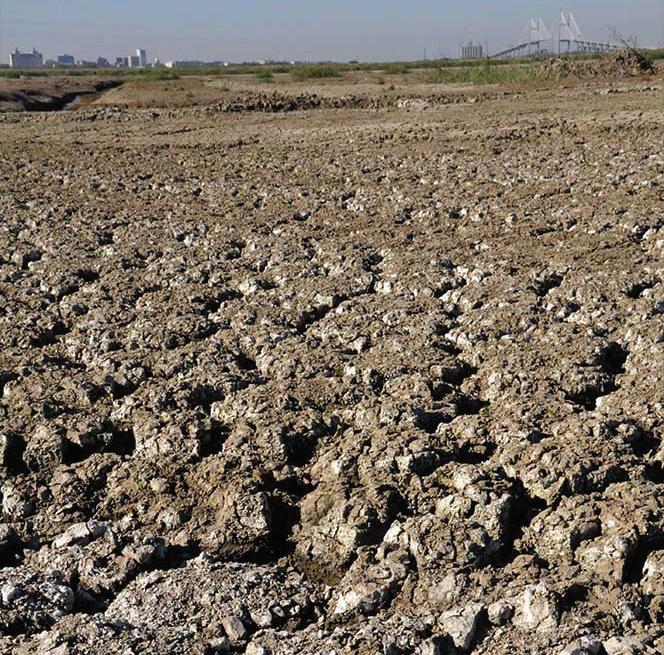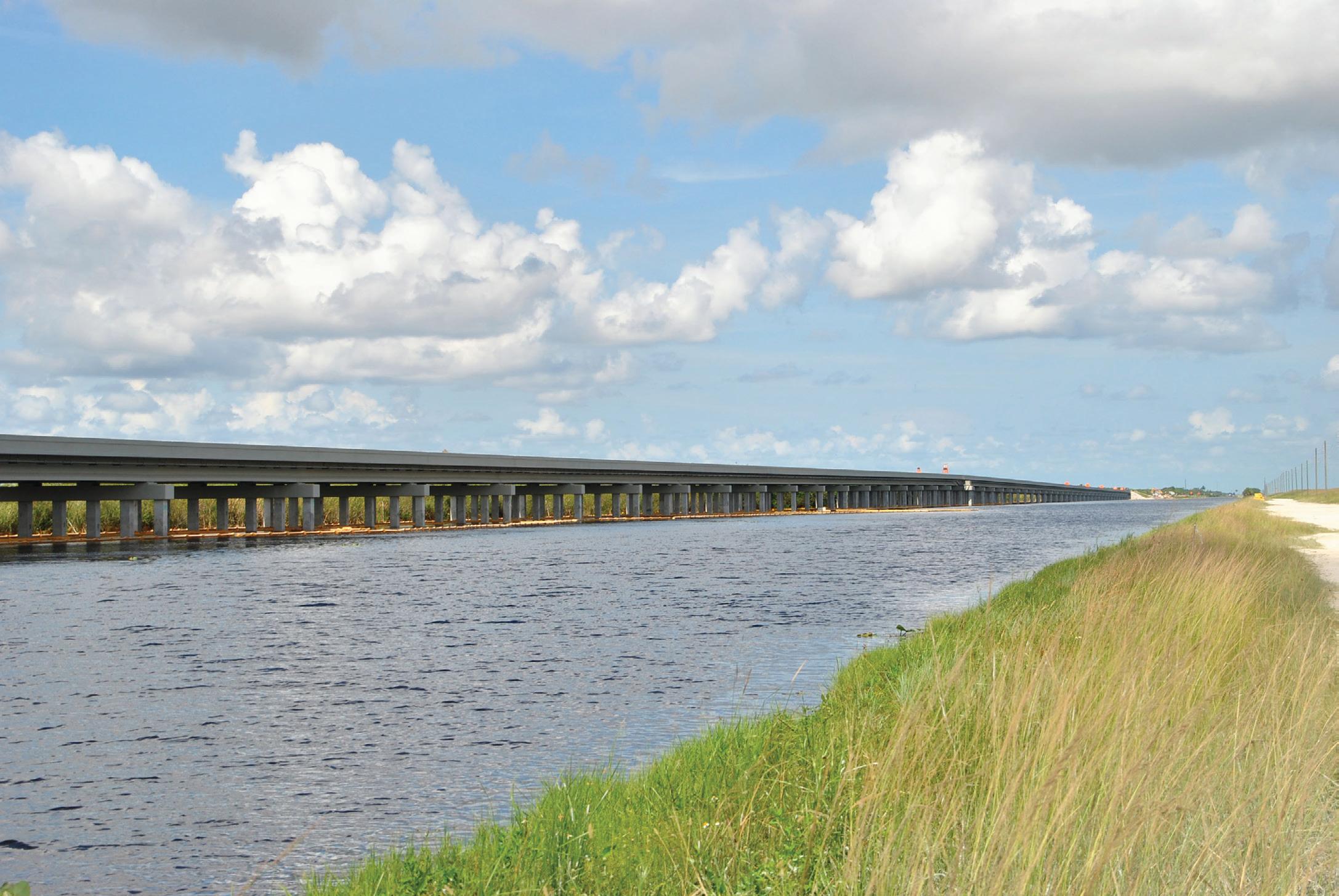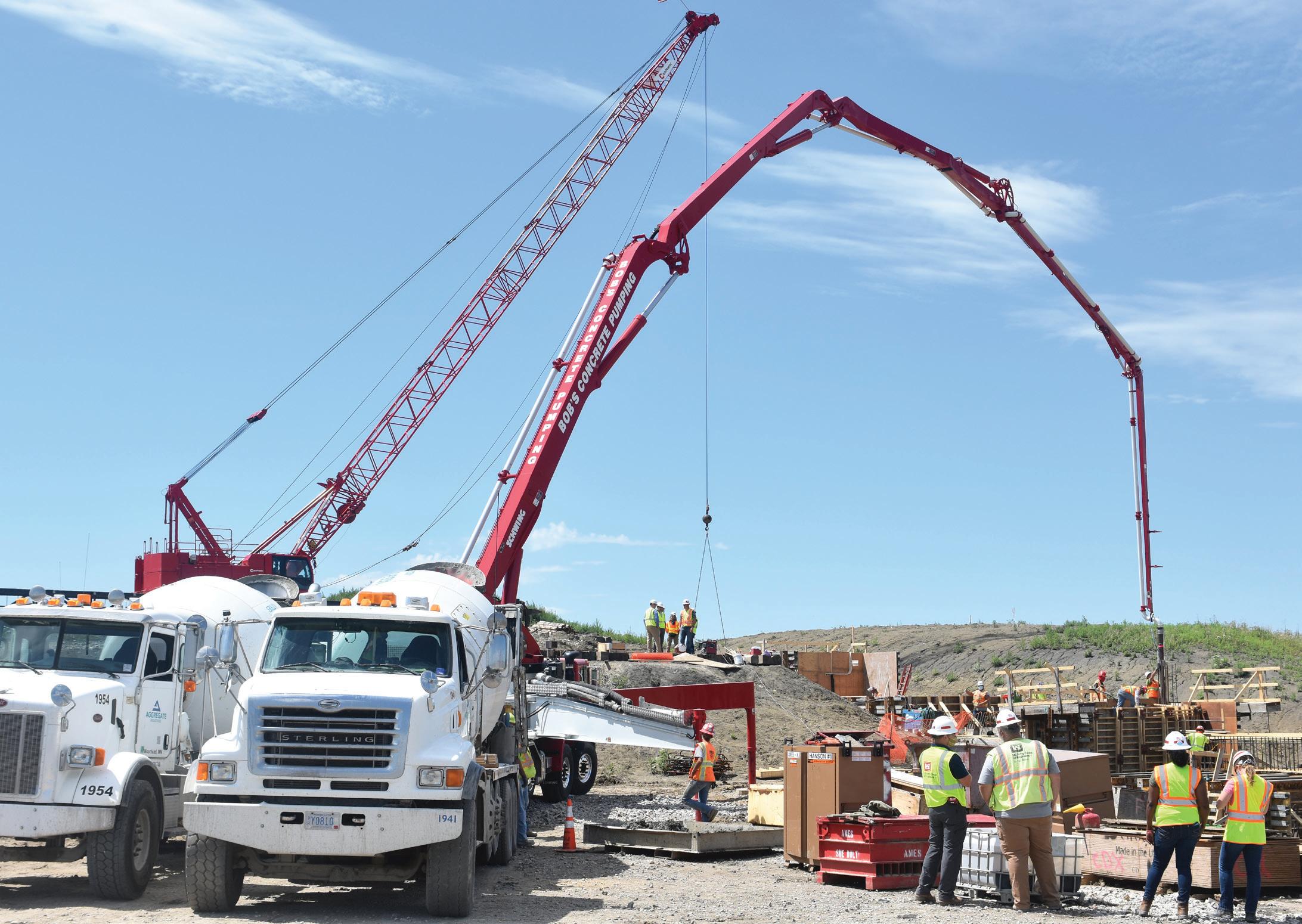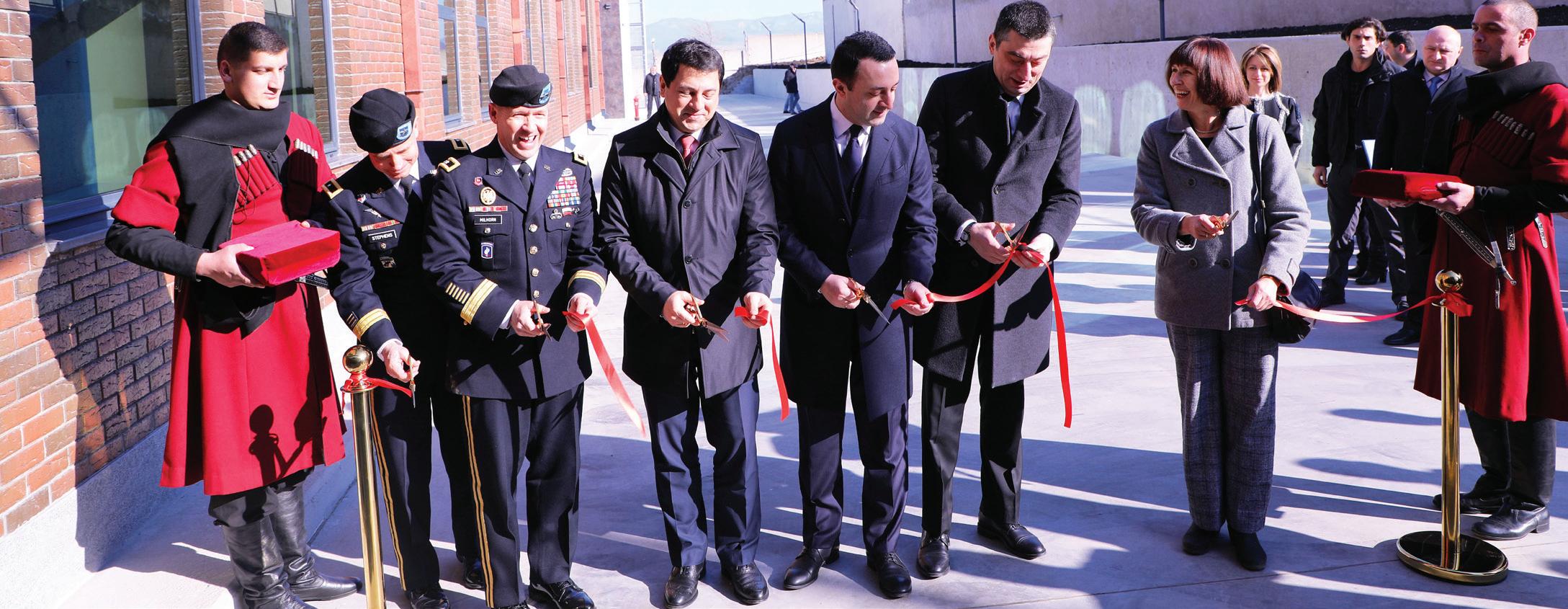NORTHWESTERN DIVISION Administration (NOAA) Biological Opinion quadrupled that number. USACE and NOAA officials worked together discussing details about dam operations before NOAA issued the Opinion, with its 60,000-fish-per-day requirement and demand for a new operational facility by December 2020. It also included conditions for some major improvements in the dam’s fish passage operations. Those operational changes were instituted in 2015, and beginning in 2016, the Chinook returns have seen the best runs recorded since record-keeping began nearly eight decades ago. With historical lows of only a few dozen Chinook 20 years ago, officials believe recent rebounds are results of collaborative efforts in managing ESA-listed fish and designated critical habitat. “The operational changes are just a small part of the recent success,” said Goetz. “It really has been the years of collaboration between the Corps, NOAA, Muckleshoot and Puyallup Indian tribes, and Washington Department of Fish and Wildlife. The new trap-andhaul facility will also make a big contribution.” That big contribution came with a big effort to design, fund, award a contract, and construct the massive project in just six years.
USACE’s regional design team included more than 150 employees from three USACE districts and two architecture and engineering firms. Several regional stakeholders also collaborated on the design, including NOAA, the Muckleshoot Indian Tribe, and Cascade Water Alliance. “A design effort of this magnitude would typically take roughly three to five years,” said Senior Project Manager Leah Hauenstein. “The team was amazing and completed the complex design in about 18 months.” On top of the Herculean design effort, the contract award was just as impressive, being completed in under six months, half the normal acquisition time, according to Hauenstein. “The staff is excited to begin operating this impressive facility in just three months,” said Mud Mountain and Howard A. Hanson dams Operations Project Manager Kevin Heape. “We’ll build on this success and use the lessons learned as we begin anew on Howard A. Hanson’s downstream fish passage.” The 2019 NOAA Biological Opinion requires completion of a Howard A. Hanson Dam downstream fish passage by 2031. n
WALLA WALLA DISTRICT DEVELOPS FISH SUSTAINABILITY PROJECTS IN THE NORTHWEST BY JOE SA XON, Walla Walla District
E
nvironmental sustainability in the Snake and Columbia rivers systems starts with fish, and restoring salmon, steelhead, and sockeye runs remains one of the U.S. Army Corps of Engineers’ (USACE) Walla Walla District’s highest priorities. The latest fish survival improvements at the Lower Snake River dams involve myriad partners and federal agency scientists, biologists, and engineers developing projects including the Ice Harbor Dam advanced technology turbine; the passive integrated transponder detector; the juvenile bypass system; and river cooling systems
86
A view of the spillway bay following completion.
at Lower Granite Dam; and the adjustable spillway weir and fish cooling systems at Little Goose Dam.
A NEW ADVANCED TECHNOLOGY TURBINE INSTALLED AT ICE HARBOR DAM Ice Harbor Dam’s Unit No. 2 runner was upgraded in 2019 with a fixed blade runner designed for fish passage survival improvement. USACE officials say the improved design will reduce maintenance

